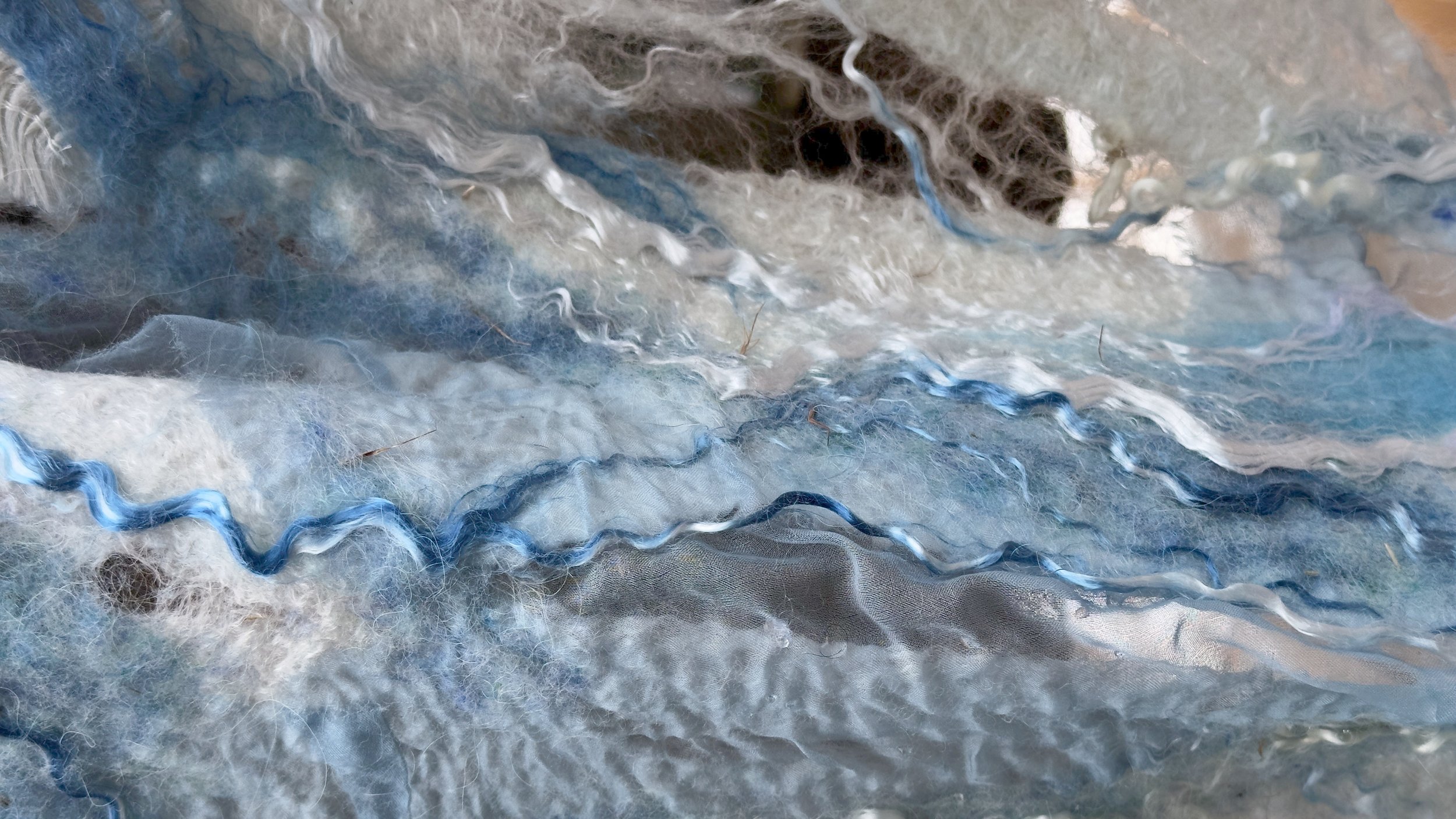
Why does wool Felt?
Wool fiber has a complex physical and chemical structure that has evolved over billions of years. The fiber’s surface is covered with microscopic scales called cuticles that open and close in response to changes in temperature. Variations between breeds are evident in the cuticles.
Wetting wool with hot water causes the cuticles to open. Agitation and pressure - in combination - cause the fibers to tangle, interlock, and shrink irrevocably, creating the matted material we call Felt. The more the Felt is rolled, pounded and manipulated, the more it shrinks and condenses, increasing its structural integrity and durability.
This combination of unique characteristics has never been replicated in a synthetic material.
Is Felt only made of wool?
True Felt is historically made of pure sheep’s wool. The quality of Felt depends on the quality of the fibers, as well as the felting and finishing techniques used. With hundreds of breeds around the world, there’s a wide range of felt-ability with each. Any fiber with a cuticle has the potential to be felted (these include camel, yak, goat, alpaca, llama, vicuña, (to name a few). Results will be extremely variable, and making test samples is the best way to determine feltability with any fiber.
Fibers that don’t have cuticles - like rabbit or beaver fur - may be felted only after a solution of hydrogen peroxide and nitric acid is combined to create scales (in place of the cuticles) on the fibers.
There are many contemporary felting techniques that incorporate non-felting fibers- like bamboo, silk, lyocell, or soy. However because these fibers do not have cuticles, they have to be blended with at least 50% pure wool fiber to successfully create a felted textile.
BE AWARE: In this modern era of misinformation many textiles are called “felt” but they are not - these are frequently non-woven textiles made from synthetics or other non-organic materials. True Felt is made from wool.




